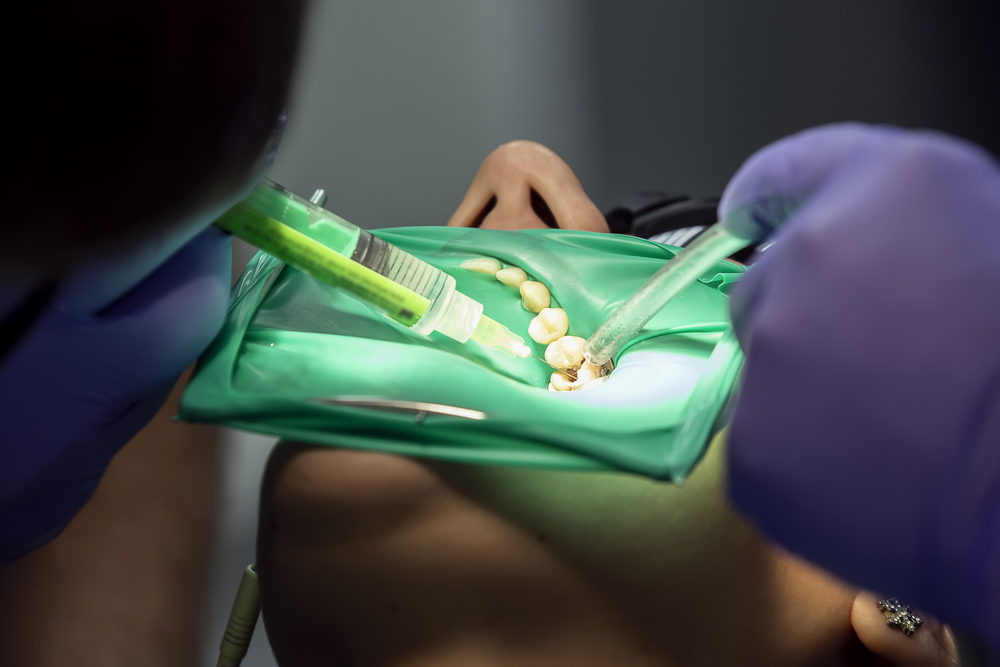The Process of a Root Canal: Problems and Treatments

Experiencing a toothache? Can’t bite or chew normally? Unable to smile due to pain? All of these symptoms can be characteristic of a root canal problem.
Before we begin, a brief understanding of the anatomy of the tooth will be helpful. Inside the tooth—after passing both the white enamel and a hard layer called dentin—exists a pulp chamber, which houses the root canal system and pulp. The pulp, a soft tissue, consisting of nerves, blood vessels and connective tissues, is needed during tooth development; however, after maturation, a tooth can survive without the pulp. Root canal, or endodontic treatment becomes necessary when the pulp becomes inflamed or infected; left untreated, it can cause abscess and further damage to the surrounding tissues and bone.
Endodontic treatment may take a day or two, depending on the condition and severity of the symptoms. Briefly, here are the steps of a root canal treatment:
1. The very first step is to numb the tooth and the surrounding gum area, so the patient doesn’t feel any pain.
2. A dental dam is applied to isolate the tooth being treated. This avoids contamination from bacteria present in the rest of the mouth, including those in saliva; in this sterile environment, a hole is drilled to access the pulp chamber and root canals.
3. The unwarranted pulp tissues are removed; the root canals are cleaned and disinfected with antiseptic and antibacterial solutions.
4. A rubber-like material called gutta-percha is filled into the canals. Since gutta-percha is prepared with adhesives, it essentially seals the canals, preventing further access points for bacteria.
5. A filling is inserted to seal the access hole. Occasionally, a post (metal or extremely sturdy plastic) may be placed in the canals to hold the filling in place for a weaker tooth.
6. Finally, a crown or filling is placed to completely restore and seal the top of the tooth.
A few weeks after the procedure, pain should be non-existent, and tooth restored completely. If pain persists, please see us for a follow up visit immediately!


